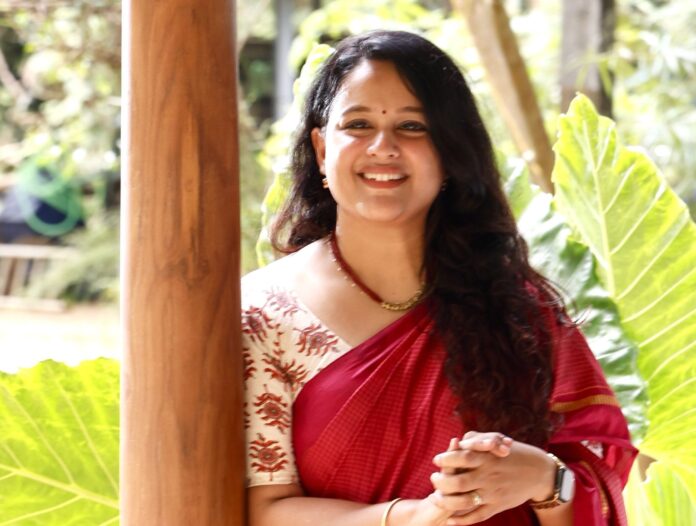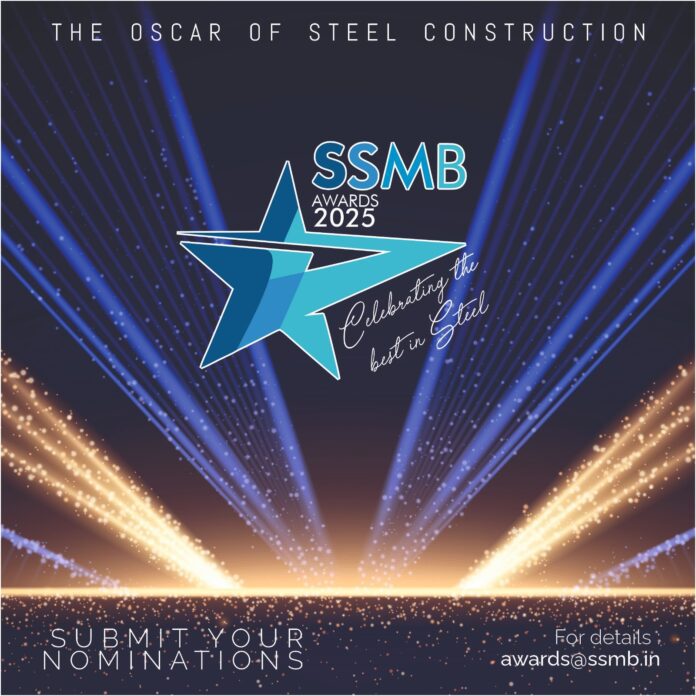Introduction: For Tara Pandala, Director at Centre for Sustainable Built and Natural Environment (CSBNE), architecture is not just about constructing buildings. It is about shaping the dialogue between people, culture, and the environment. Raised amidst drawing boards and construction sites, under the quiet yet powerful influence of her father, Prof. Eugene Pandala, Tara has grown into a practitioner who honours her legacy while firmly defining her own voice. Her design approach is an evolving blend of sustainability, context-sensitivity, and experimentation, one that treats architecture as a medium to heal, adapt, and inspire.
SHAPED BY LEGACY, GUIDED BY RESPONSIBILITY
From an early age, Tara saw architecture as a way of life rather than a profession. Observing her father work with drawing boards, models, and real sites, she absorbed the idea that design carries a responsibility beyond aesthetics. It was about creating spaces that nurture people, respect ecological systems, and reflect cultural identity. This outlook, formed in her formative years, remains a guiding force. Architecture, for her, is not an isolated craft but a civic and cultural responsibility.
FINDING A VOICE OF HER OWN
While her foundation is deeply rooted in family values, Tara’s identity as an architect is her own. “My journey has been about unlearning and relearning,” she shares. Her practice reflects a continuous process of questioning assumptions, embracing discomfort, and seeking relevance in the face of shifting technologies, climate realities, and community needs.
Every project, every collaboration, and even setbacks have become part of this voice. For Tara, curiosity and openness outweigh certainty. This attitude gives her practice its distinctive quality, one that is rooted in tradition, yet reaching forward into contemporary realities.
SUSTAINABILITY AS A LIVED APPROACH
Tara sees sustainability not as a checklist of certifications, but as an outlook that informs every design choice. For her, sustainability means using fewer resources, working with natural materials that age gracefully, designing buildings that breathe, and making the most of light and ventilation. Where possible, she integrates clean energy and explores reusability of materials.
She believes in moving the conversation from “sustainability as an obligation” to “ecology as inspiration”. This reflects in her projects that restore site ecology, harvest water, protect biodiversity, and propose regenerative frameworks for future practices.
“Sustainability is not a box to tick, but it is a way of designing responsibly, where buildings adapt, endure, and stay rooted in place.”
THE ROLE OF STEEL
In her practice, steel has emerged as a thoughtful ally in sustainability. Lightweight steel roofing systems reduce structural loads, which in turn lowers material use in foundations and walls. Steel’s recyclability and resale value make it a material aligned with the circular economy. For Tara, steel is more than a structural solution; it is a responsible choice when seen through the lens of efficiency and long-life cycles.
GENERATIONAL COLLABORATION AND IDEOLOGICAL CONTINUITY
Working with her father, Prof. Eugene Pandala, has been a rich and layered experience. His instinctive connection to nature offers invaluable insights, yet Tara is equally focused on bringing in her own reflections. “Intergenerational collaboration is not only about learning from the past,” she explains, “but also contributing to the dialogue with new perspectives.”
Their conversations often revolve around how traditional philosophies can meet innovation. Respect for nature forms the common ground, while contemporary technologies, climate challenges, and social realities bring in fresh layers. For Tara, true collaboration is about walking together with respect, openness, and curiosity.
EXPERIMENTATION AND THE LIVING PROTOTYPE
Tara’s boldest experiment has been designing her own office. Conceived as a living prototype, it is both workspace and demonstration model. She and her team implemented unconventional strategies: stilt footing systems for difficult soils, a 5 cm funicular shell slab without formwork, AAC block walls made from industrial by-products, mud wash finishes using site soil, oxide flooring crafted by local artisans, and a lightweight steel roof to reduce structural load.
More importantly, the office is a “copy-left” model, open for anyone to study and adapt. This reflects Tara’s conviction that architecture must go beyond exclusive practice to become a community resource, enabling broader access to sustainable design ideas.
“We wanted our office to be more than a workplace. It is a living prototype and a resource for anyone who wants to learn from it.”
NAVIGATING PRESSURES, FINDING EMPOWERMENT
Architecture remains largely male-dominated, and Tara acknowledges the pressures of proving one’s design and technical skills. Running a practice while balancing personal responsibilities adds layers of challenge. Yet empowerment comes from the work itself.
Teaching as an associate professor has amplified this impact. “It’s incredibly fulfilling when students, especially young women, tell me they feel inspired to push boundaries,” she says. Empowerment, for her, is about creating ripple effects through both practice and pedagogy.
DESIGNING FOR LONGEVITY
Tara believes long-term thinking is essential in architectural practice. This means designing with materials that endure, creating buildings that can adapt to climate and social changes, and reducing resource dependence. For young studios, she advocates cultivating continuous learning, regenerative approaches, and community engagement. Tools may change, but principles of thoughtful, future-focused design will sustain.
COLLABORATION BEYOND PRACTICE
Tara’s advocacy work expands into research, teaching, and community engagement. She strongly believes that architects must step out of silos, listening to local communities for traditional knowledge while engaging climate scientists for evidence-based decisions. “The shift must be from working ‘for’ communities to working ‘with’ them,” she insists. This is where design becomes interdisciplinary, resilient, and inclusive.
MOMENTS OF CLARITY
Tara recalls being eight years old, visiting her father’s mud house Bodhi. Watching walls rise from earth, she realised buildings could be sculpted, almost like living organisms. That early revelation continues to guide her that architecture is at its best when it feels alive, grounded, and human.
LOOKING AHEAD
The next phase for CSBNE is about pushing deeper into regenerative frameworks, community-driven housing, and open-source design experiments. Tara envisions architecture as a facilitator of dialogue between people and ecology, an ongoing exploration rather than a finished product. “Architecture,” she concludes, “is not only about solving problems. It is about imagining futures that connect people, place, and planet.”
The Pandala Continuum
- Prof. Eugene Pandala: Pioneer of mud architecture and context-sensitive design in India.
- Tara Pandala: Carrying the ethos forward through sustainable experimentation, steel integration, and community-led models.
Together, they form a continuum where tradition informs innovation, and innovation enriches tradition.
Editor’s Note:
Tara Pandala belongs to a generation of architects who are both rooted and restless. Her work is not content with ticking sustainability boxes but seeks to redefine the very lens through which we view the built environment. She represents a voice that is fresh yet deeply responsible. A reminder that architecture, at its best, is an act of stewardship as much as it is an act of creation.




